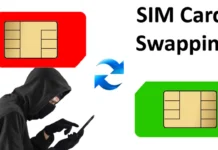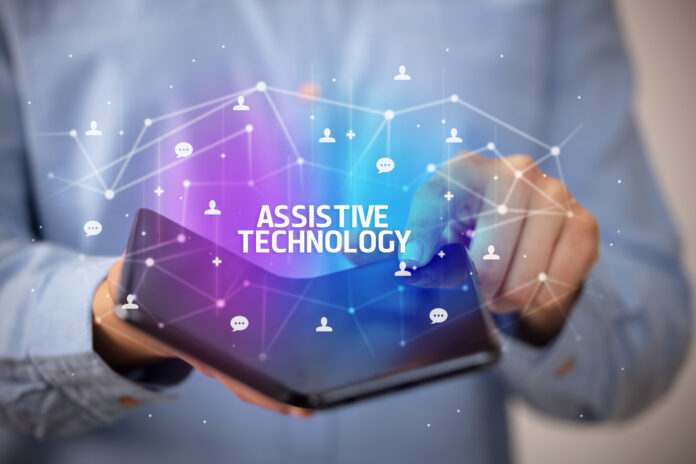
Around 40 million Americans are diagnosed with a disability, Pew Research Center reveals. The most common disabilities involve serious difficulties walking or climbing stairs (affecting 20 million people) while 13 million experience cognitive difficulties, 11 million report having hearing difficulties, and 7 million have impaired vision. Meanwhile, about 75 million people in the world have autism spectrum disorder. Fortunately, new and exciting innovations in assistive technology by leading brands are helping improve quality of life for people with disabilities across the country.
Zoom transcripts
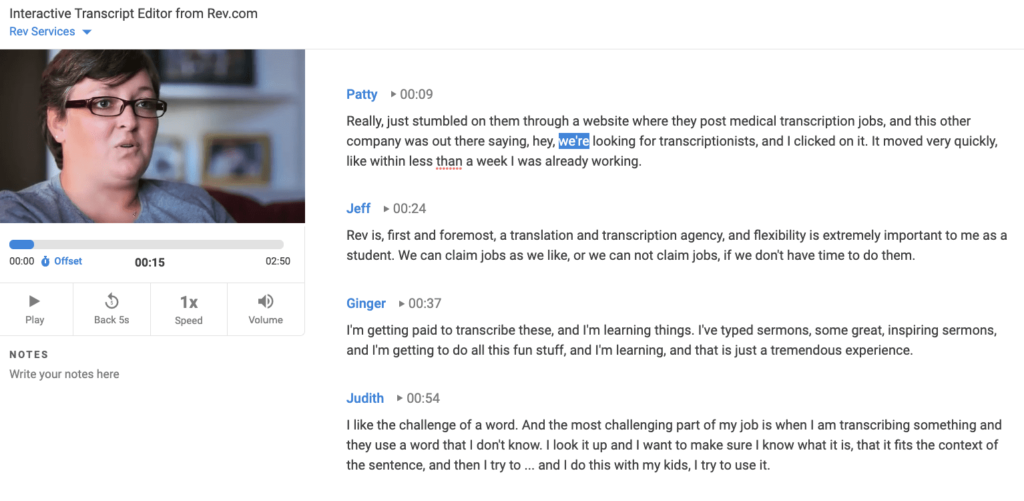
The rise in remote working over the past year and a half can easily exclude people with disabilities who may be unable to use visual and audio networking technology. To solve this problem, Zoom has recently introduced a live captioning feature called the Rev Meeting Assistant, which makes it possible for people with hearing impairments to participate in virtual meetings. It also boosts productivity by helping users save and share moments from the video call. Once the call ends, users can even download a transcript of the meeting. In addition to generating its own transcripts, Zoom is also compatible with as many as 26 third-party transcription apps, making this functionality even more accessible for people with disabilities.
Google Action Blocks
Google has launched Action Blocks, an app that lets you generate a button or image on your smartphone home screen for any Google Assistant functions, including making calls, playing videos, sending texts, and controlling smart home devices. Facilitating easy communication in a number of languages including English, Spanish, German, Italian, French, and Japanese, once pressed, Google Action Blocks acts as an artificial voice for people with cognitive disabilities like autism, Down Syndrome, and cerebral palsy. The most common motor disability among children, cerebral palsy affects roughly 1 in every 345 children in the United States. While cerebral palsy can sometimes be naturally occurring, it’s also often caused by medical malpractice before, during, or after birth. In these cases, organizations like cpfamilynetwork.org can help families win financial compensation to cover medical expenses, lost earning capacity, and diminished quality of life.
An AI backpack for people with visual impairments
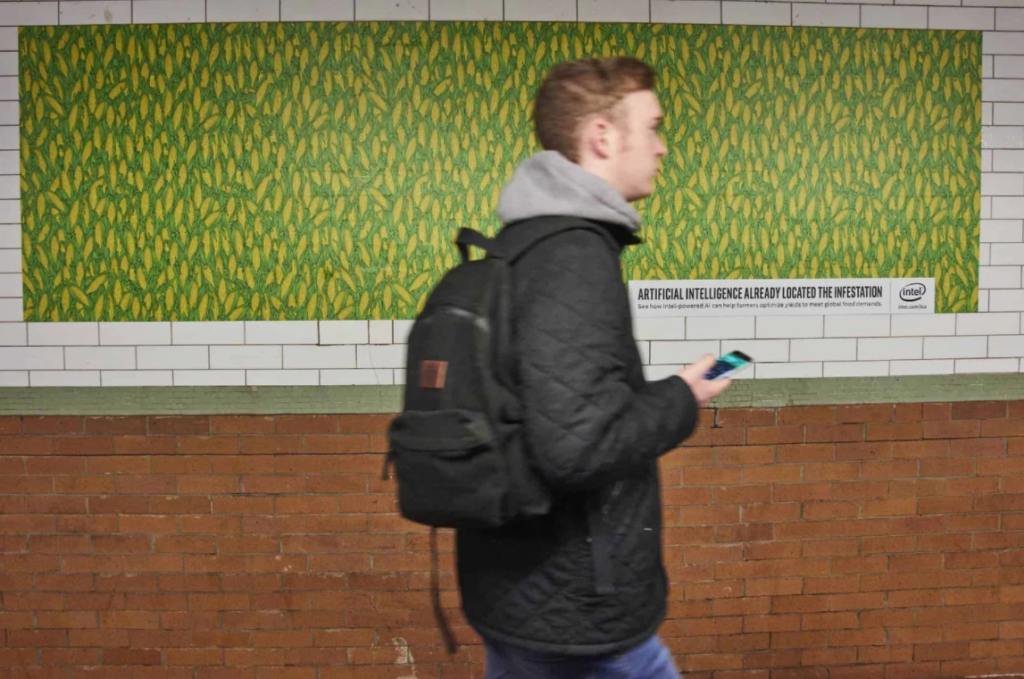
Recently, researchers at the University of Georgia have created a new technology that could help people with visual impairments to safely navigate their surroundings. The tech, which consists of an AI camera by Luxonis, can be embedded in a backpack or bag, and it can scan and read the wearer’s surroundings. After it scans and identifies objects, signs, crosswalks, or changes in elevation, the information is sent to a laptop in the bag, which is then relayed to the wearer through BlueTooth earbuds. The backpack was unveiled in March 2024, however, it’s not yet available to the public since further testing and development is needed until it is deemed ready for use.
Hearing aids disguised as ear buds
The latest designs in hearing aids are more compact, making it easier for people with hearing difficulties to wear them discreetly in public. To find the most advanced hearing aids on the market, check out the review by NCOA of the best hearing aids.Nowadays, the distinction between hearing aids and wireless earphones have become smaller and recently, Signia has released a new style of hearing aid called the Active Pro that resembles a normal pair of earbuds. With an audiologist’s help, the wearer can adjust the settings to suit one’s hearing profile, and even those who have tinnitus can switch on the device’s calming mode so they can hear soothing sounds, such as ocean waves, to combat the persistent ringing in their ears. Downloading an app also allows them to make changes to the volume, bass, or treble if they can’t go to their audiologist’s office. Apart from functioning as a hearing aid, the Signia Active Pro earbuds also allows the wearer to enjoy music and streaming via Bluetooth.
Smart wheelchairs with autonomous vehicle technology

The creation of the electric wheelchair has been a game changer, but it comes with a few issues that can cause injuries to users. This mobility device can weigh up to 400 lbs, and it may lead to broken bones, bleeding, and other injuries if it lands on top of its rider. Injuries could be more serious if the wheelchair user happens to be a child. According to recent data, almost 90 percent of electric wheelchair users have experienced at least one tip or fall in the past three years. Moreover, it was reported that there are over 170,000 visits to the emergency room annually due to wheelchair accidents.
To reduce the risks of power wheelchair accidents, brothers Barry and Jared Dean created the LUCI, which is an electric chair add-on. This technology uses multiple cameras, ultrasonic sensors, and radars to prevent tipping over, collisions, or curb drop offs. Its smart autonomous feature can bring the wheelchair to a halt to preemptively avoid accidents, and it also connects to Amazon Alexa so that wheelchair users can check their battery via a voice command. For now, the LUCI is only compatible with Permobil electric chairs, and it retails for about $8,500.
A device that enables kids with autism to “see” emotions
Children who are on the spectrum often find it difficult to identify emotions, and this makes social interactions challenging not only for them but for their loved ones as well. Tech such as apps to help identify emotions have been around for quite some time, but Google took it one step further by releasing an upgraded version of their Google Glass to help kids with autism to recognize emotions. Using the device, dubbed as the Superpower Glass, is quite simple: a child merely has to wear the glasses, and once they interact with family members, the device sends a recording of the interaction to the caregiver’s smartphone. An app connected to the Superpower Glass identifies facial expressions as well as emotions and sends the information back to the glasses. The child then learns if their loved one is happy, sad, angry, disgusted, scared, surprised, or feels neutral through a written word, an emoji, or an emoticon that they see on the display.
The developers of the Superpower Glass know that most children with autism may not like to wear an unfamiliar device, which is why they created two games to encourage kids to wear the glasses. They can play a game with their family and friends wherein they act out emotions for the child to identify, or another game wherein the child tries to coax a smile out of their loved ones. However, it should be noted that the glasses aren’t meant to be worn throughout the day– they are intended to serve as part of a behavioral therapy plan to help kids with autism as they grow. Experts recommend that kids below the age of 8 should wear them for 20 minutes a few times a week in their homes, and once they can quickly identify emotions and gain social confidence, they should stop relying on the glasses during interactions.
Microsoft’s Seeing AI
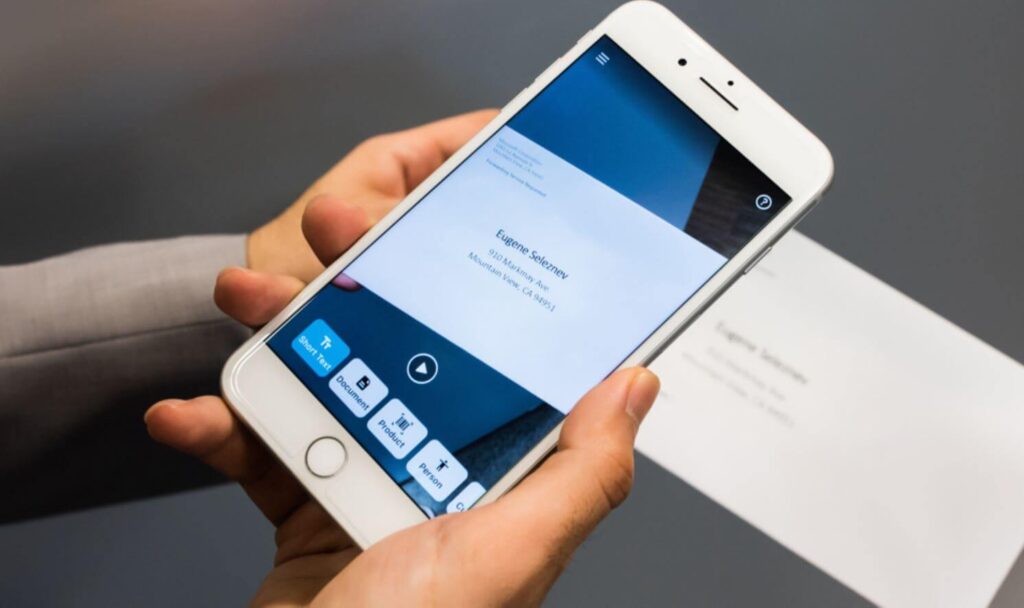
Microsoft’s Seeing AI is a revolutionary artificial intelligence app designed to improve the quality of life for people with visual impairments. Packed with a number of helpful features, the app uses your smartphone’s camera to audibly narrate the surrounding world. For example, Seeing AI Is equipped with color recognition, meaning everyday tasks like getting dressed in the morning suddenly become a lot easier for people with vision impairments. It can also read printed text (including, on-screen and physical documents), as well as decipher handwriting — meaning it can read things like personal notes and greeting cards. Even more impressively, the app can even recognize the faces of family and friends and describe their appearance, including their mood and expressions.
A smartwatch that allows you to read Braille
Most people think that the emergence of AI technology that can read printed text aloud means that Braille may be on its way out. But individuals with visual impairments who love to read may still want to keep using Braille, since it’s a better way to develop reading skills and understand grammar and punctuation, compared to listening to an audio recording of a book. There are already tons of reading material available in Braille, and now, there’s a new wearable device that will allow someone to read text messages, tweets, and even books in Braille.
The Dot is a smartwatch that has a series of dots on its surface, which raises or lowers to form letters in Braille. This smartwatch connects to any smartphone via the Dot Watch app, and it translates text from an email, SMS message, notifications, Facebook messages, or Twitter post into Braille. Apart from English, it supports other languages such as Korean, Spanish, German, French, Russian, Arabic, Vietnamese, and simplified Chinese. According to the makers of the device, the Dot is currently worn by celebrities such as Stevie Wonder and Andrea Bocelli, and it costs between $299 to $333.
Assistive tech continues to develop at a rapid rate to help people with disabilities succeed in all areas of life. Zoom transcripts, Google Action Blocks, smart backpacks and wheelchairs, and Microsoft’s Seeing AI are just some of the latest innovations helping the disabled community live independent and fulfilling lives.


